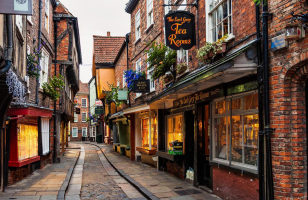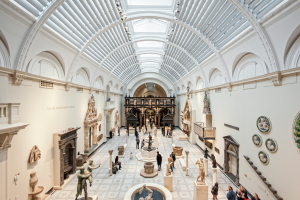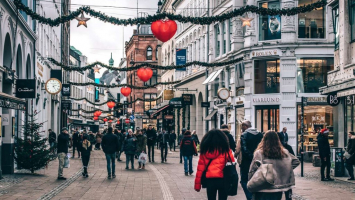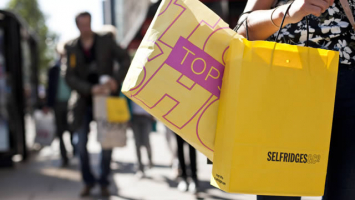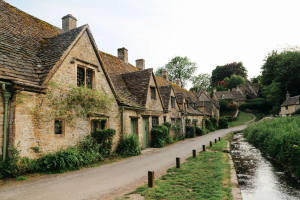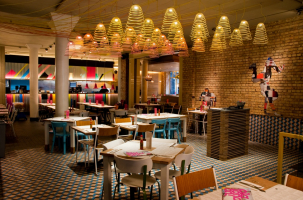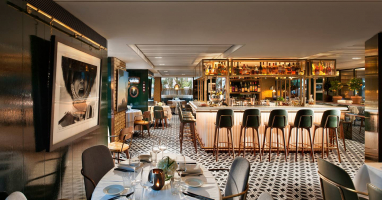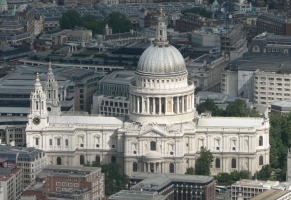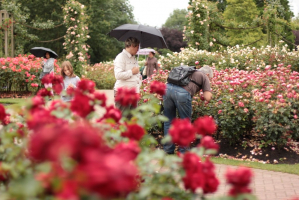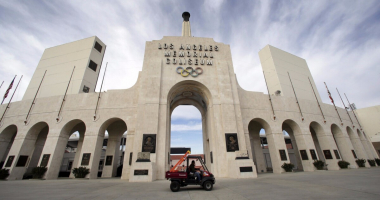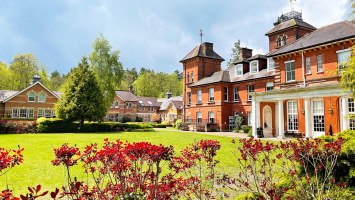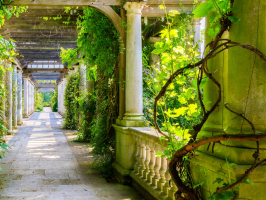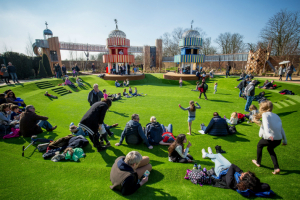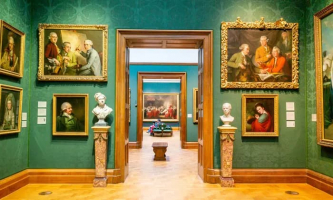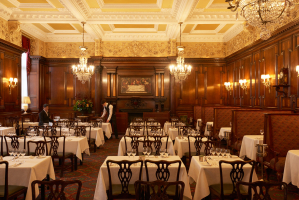Top 5 Most Historic Streets in London
London has thousands of streets with its own character. Some streets are particularly impressive because of their long history. Let's find out with Toplist the ... read more...oldest streets in London!
-
The first position on the list of the oldest streets in London is Piccadilly. Between Hyde Park Corner in the west and Piccadilly Circus in the east, Piccadilly is a street in the City of Westminster neighborhood of London, to the south of Mayfair. It is a section of the A4 highway that links Hammersmith, Earl's Court, Heathrow Airport, and the M4 freeway in the west to downtown London. The eastern half is to the south of St James's, and the western section is only developed on the northern side. One of the largest and straightest streets in the heart of London, Piccadilly is slightly under a mile (1.6 km) long. In 1663, Catherine of Braganza, Charles II's wife, inspired the renaming of Piccadilly as Portugal Street. After a previous road from Charing Cross to Hyde Park Corner was blocked off in order to make room for the development of Green Park in 1668, its significance to traffic increased.
Since the Middle Ages, upscale Piccadilly has been a significant London thoroughfare further west. Robert Baker, a local tailor, and landowner who resided in Piccadilly Hall and made his wealth selling piccadills (large lace collars popular in the 17th century), gave the area its name.
The Rothschild family, nobles, and even Count Dracula from Bram Stoker's 1897 novel have all lived on this long, wide street over the years. Dicken's readings and Tchaikovsky concerts were held at St James's Hall, which was destroyed in 1905. The Royal Academy of Arts, the Ritz hotel, and Fortnum & Mason, which were all founded in 1705, and 1906, respectively, all still serve as links to an illustrious past.
Location: between Hyde Park Corner in the west and Piccadilly Circus in the east

Photo: wikipedia 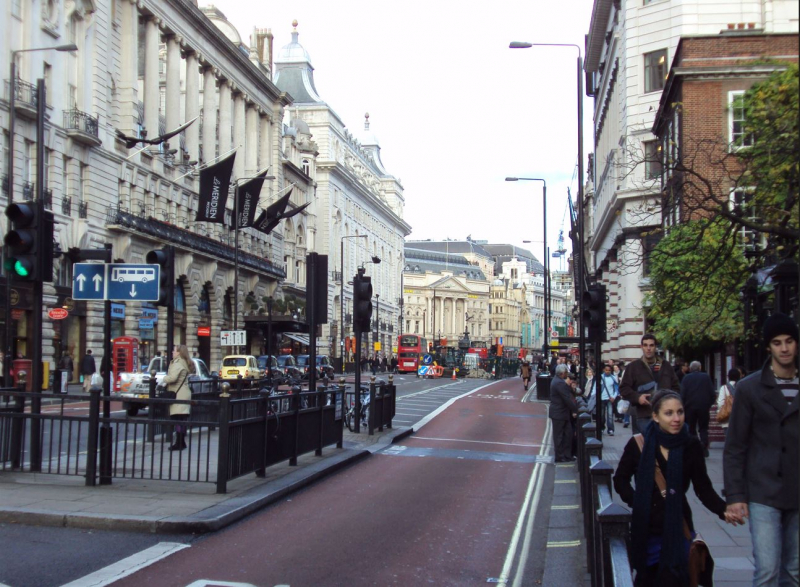
Photo: wikipedia -
Several structures were known as Whitehall during the Tudor era. It could have been used to describe any festival building or as a general term for a building made of light stone. Included in this was the Royal Palace of Whitehall, which also gave the street its name. Great Marlborough was built in the 16th century.
The street, which bears John Churchill, 1st Duke of Marlborough's name, was named for him. It was formerly a portion of the Millfield estate south of Tyburn Road (now Oxford Street). In the 18th century, it was a fashionable address, but by the end of the 19th century, it had turned into a commercial and retail location. Since then, the majority of the street's original structures have been destroyed. Great Marlborough Street has been linked to the law since the late 18th century, and Marlborough Street Magistrates Court later rose to prominence as one of London's most significant magistrates courts. On the corner of Great Marlborough Street and Regent Street stands the department store Liberty, which has a mock Tudor façade.
The road is 0.32 kilometers (0.22 miles) in length. It travels east, traversing Kingly Street, Argyll Street, Carnaby Street, and Poland Street before joining Regent Street at its western terminus. It changes to Noel Street at its easternmost point. Oxford Circus, which located toward the northwest, is the closest tube station. Great Marlborough Street does not have any bus service, however Regent Street has a wide variety of routes.
Location: Soho, Central London
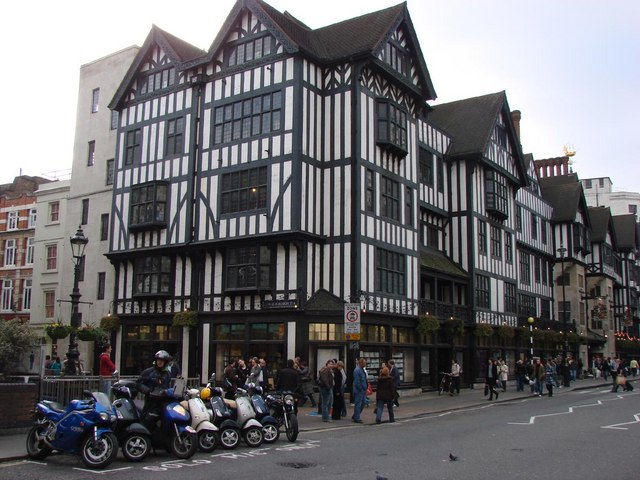
Photo: wikipedia 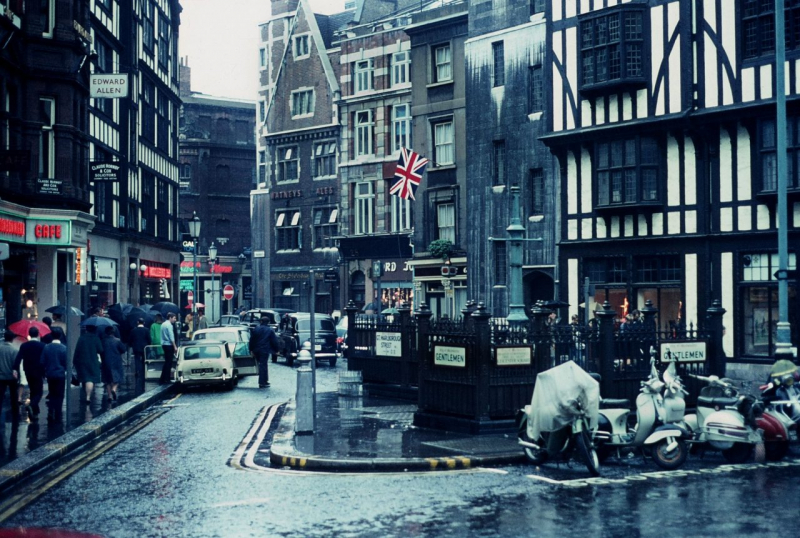
Photo: flashbak.com -
Whitehall is a street and neighborhood in the City of Westminster in the heart of London. The street is the beginning of A3212 street, which runs from Trafalgar Square to Chelsea. It serves as the primary route from Trafalgar Square southward toward Parliament Square. The Ministry of Defence, Horse Guards, and the Cabinet Office are just a few of the departments and ministries that line the street, which is known as the hub of the UK government. As a result, "Whitehall" is both a topographical designation for the neighborhood and a metonym for the British civil service and administration.
The palace of Whitehall, where Kings Henry VIII through to William III lived before it was completely destroyed by fire in 1698 and only the Banqueting House remains, is where the name Whitehall was derived. Whitehall was once a wide road that ran to the palace's front; after the palace was destroyed in the 18th century, the path to the south was widened.
The Boulevard is well-known for its memorial statues and monuments, notably the Cenotaph, which serves as the UK's main war memorial in addition to government buildings. The street becomes Parliament Street south of the Cenotaph. Before becoming the Trafalgar Studios, the Whitehall Theatre was known for a number of farces. Several structures were known as Whitehall during the Tudor era. It could have been used to describe any festival building or as a general term for a building made of light stone. Included in this was the Royal Palace of Whitehall, which also gave the street its name. Whitehall is one of the oldest streets in London.
Location: the City of Westminster, Central London
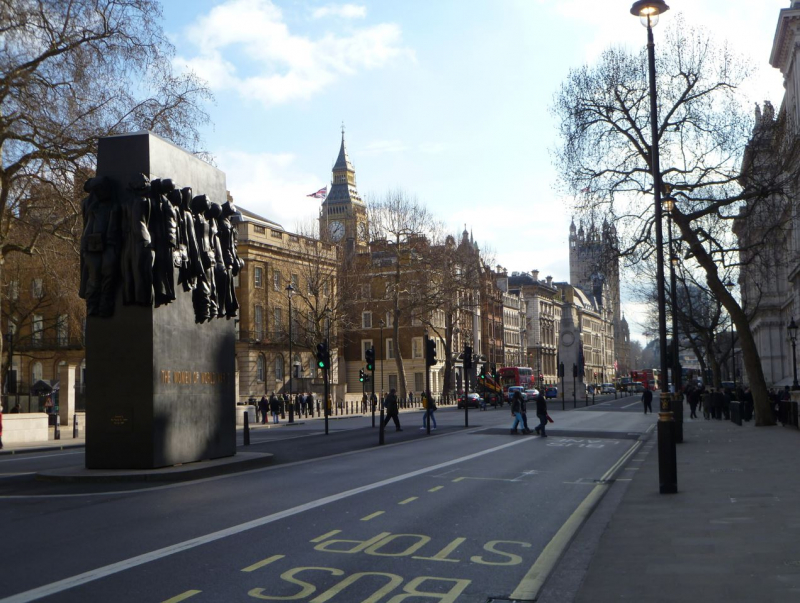
Photo: wikipedia 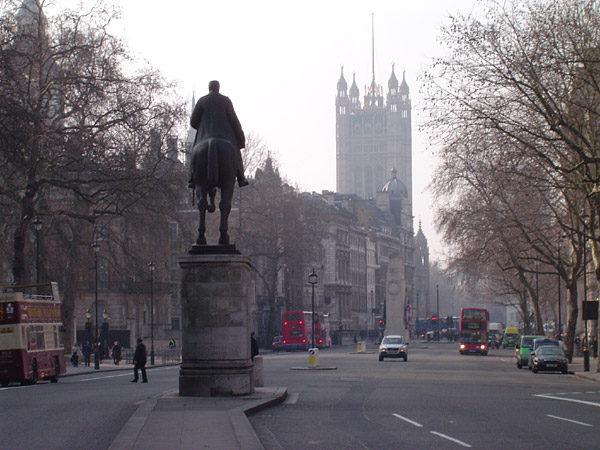
Photo: eo.wikipedia.org -
In Whitechapel, Tower Hamlets, in the East End of London, Whitechapel Road is a significant thoroughfare. It links Mile End Road to the east with Whitechapel High Street to the west. It is named after a modest chapel of ease dedicated to St. Mary. The road is a section of the ancient Roman A11 route that once connected Colchester with London.
By the 19th century, the road had grown to be developed, and it is today a significant shopping center in the Whitechapel neighborhood. The Royal London Hospital, Whitechapel station, and an established market can all be found nearby. It is still a crucial road with designated bus lanes and little parking.
Whitechapel Road has been the focal point of several ethnic minority neighborhoods. From the 1850s through the 1930s, the route served as the hub of the Jewish community, with a large number of Jewish stores and market booths. The British Bangladeshi community settled in the area during the end of the 20th century, and they now sell a variety of authentic Asian foods and clothing in the market and on storefronts. Altab Ali Park honors an Asian laborer who perished in a deadly racial attack in 1978 and is located on the location of the original church at the western end of Whitechapel Road.
Location: Whitechapel, Tower Hamlets, in the East End of London
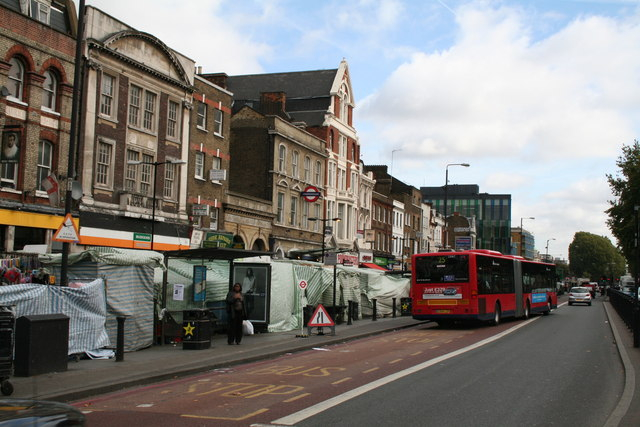
Photo: wikipedia Video: https://www.youtube.com/watch?v=MebUMDACsyc -
The next position on the list of the oldest streets in London is Cornhill. A ward and street in the City of London, the historical core and financial hub of contemporary London, is called Cornhill. Between Bank Junction and Leadenhall Street, the street is located. Cornhill was first built in the 20th century.
The City of London, the historic core of the UK capital, is rich in history, and Cornhill is one of its key thoroughfares. The neoclassical Royal Exchange building, which served as a center for City traders, is located at one end of the square. Sir Christopher Wren's 1667 St. Peter-upon-Cornhill church, which dates back to 179 AD, is located at the other end.
Jonathan's and Garraway's coffee shops, where the City's earliest dealers began in the 17th century, were located on Change Alley, which runs off of it. The former was the first location in England to trade tea, while the latter was the first location to list share and commodity prices in 1698.
The hill from which it gets its name is one of London's three historic hills; the others are Ludgate Hill, which is topped by St. Paul's Cathedral, and Tower Hill, which is home to the Tower of London. Cornhill rises 17.7 meters (58 feet) above sea level at its highest point.
Location: between Bank junction and Leadenhall Street
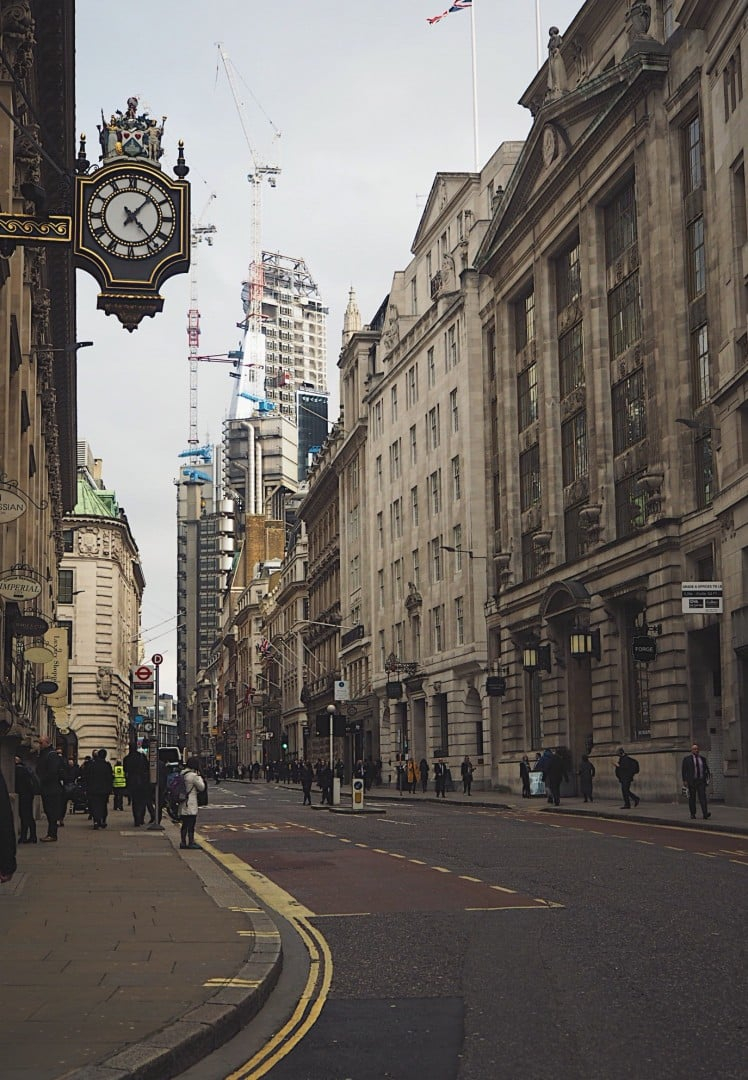
Photo: lookup.london 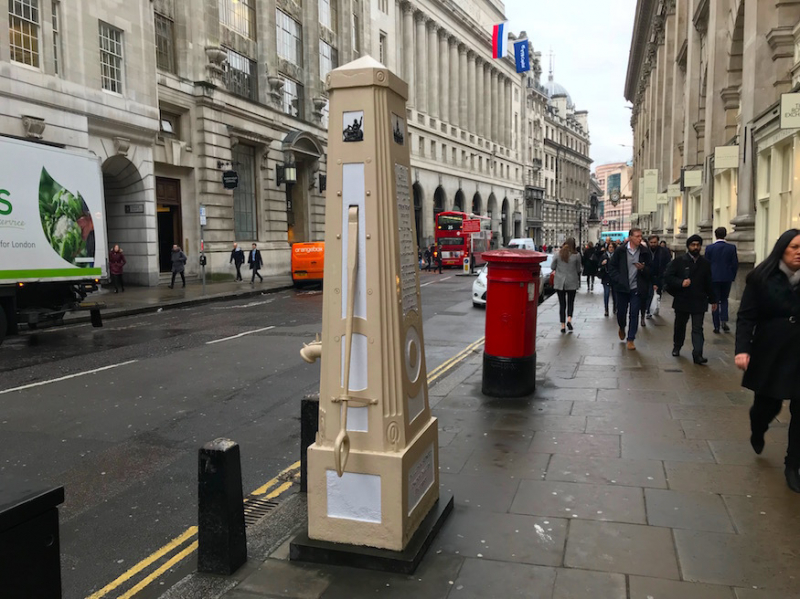
Photo: londonist.com







